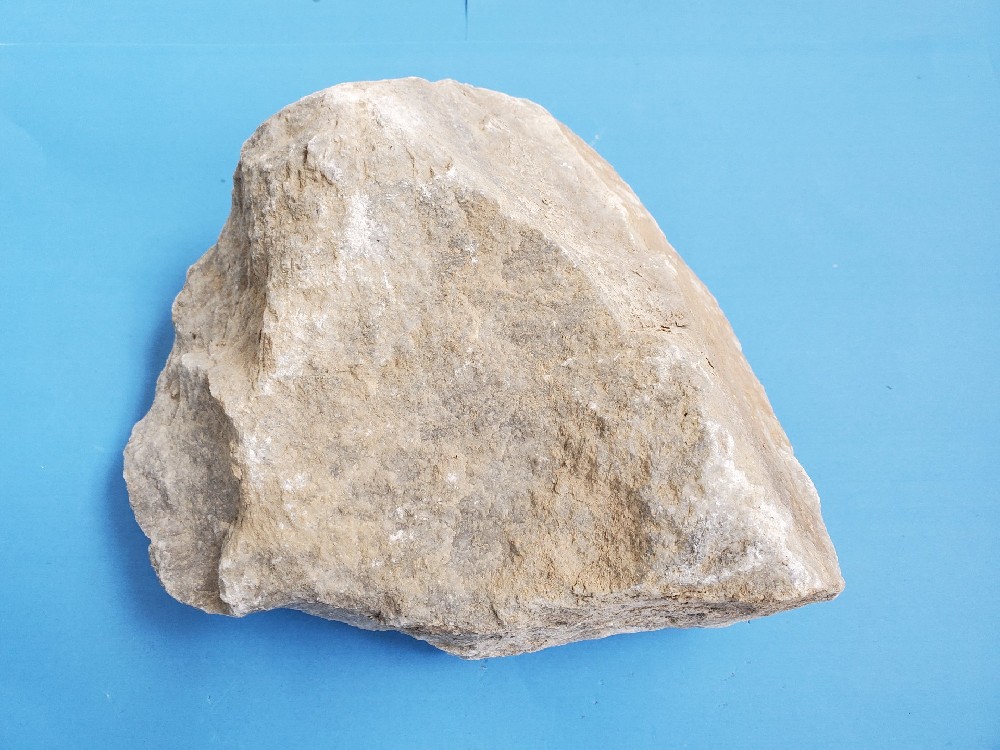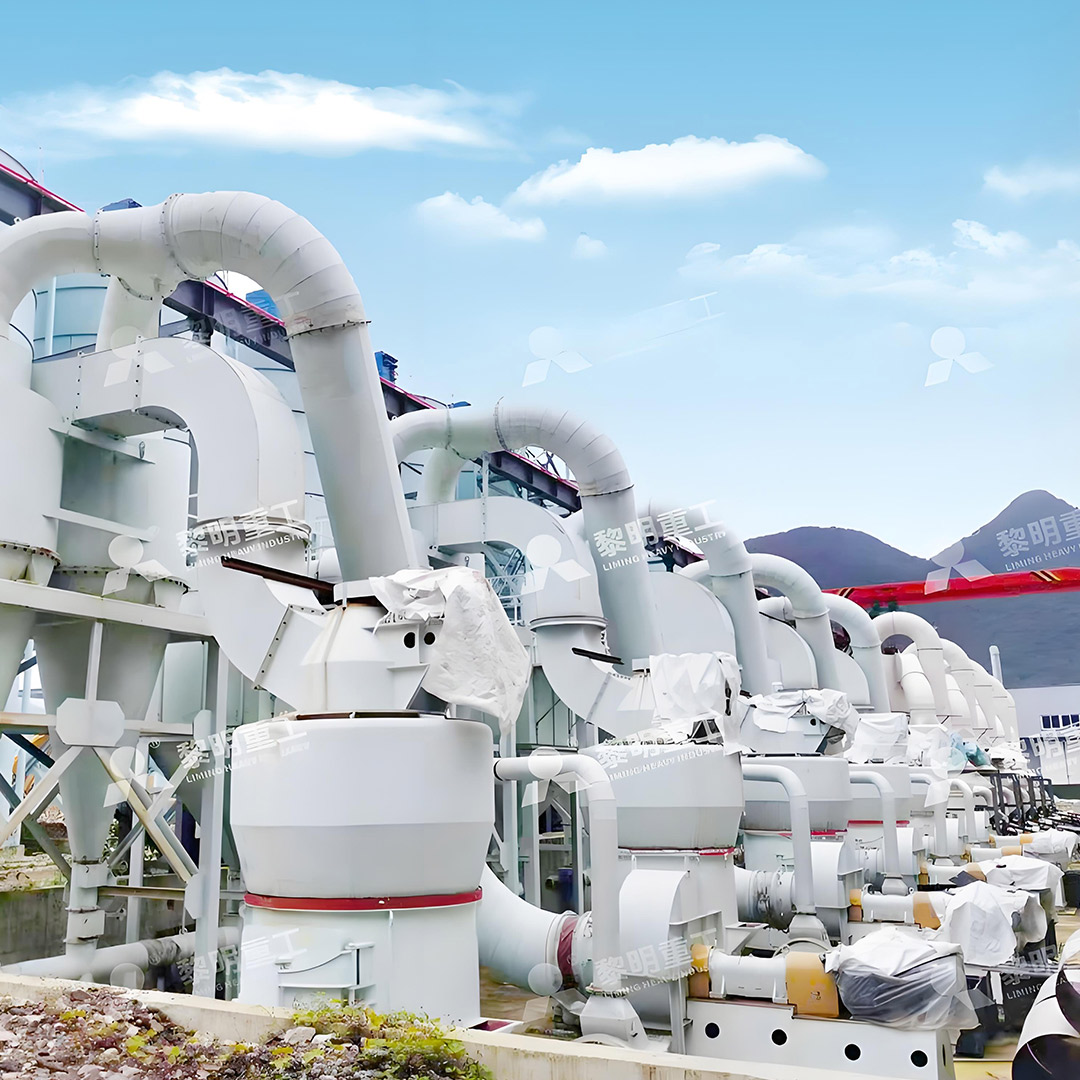The Role of Dolomite Grinding Mills in Malaysia's Industrial Growth
Malaysia is endowed with substantial deposits of dolomite, a valuable mineral known for its versatility. The true potential of this resource, however, is only unlocked through advanced processing technology. Specifically engineered Dolomite Grinding Mills across Malaysia are pivotal in transforming raw dolomite rock into fine powders that drive value across multiple sectors. The efficiency and capability of these milling systems directly influence the quality of the final product and the competitiveness of local industries.

The journey from quarry to powder begins with primary crushing, but the critical stage is fine grinding. For dolomite, which has a moderate hardness, the selection of the appropriate mill is paramount. Raymond Mills, with their pendulum roller systems, have long been a staple for producing coarse to medium-fine powders. However, for applications requiring ultra-fine products, advanced technologies like Vertical Roller Mills or Ball Mills equipped with high-efficiency classifiers are increasingly deployed. These systems apply compressive and shear forces to grind the material, controlled by precise airflow that carries the finished product away for collection.
A key feature of a modern Malaysian dolomite grinding plant is its integrated classifying system. This component is the arbiter of final particle size. Whether the requirement is for a coarse 10-mesh (2mm) product for agricultural soil conditioning or an ultra-fine 250-mesh (60µm) powder for plastics filler, the classifier ensures tight control over the particle size distribution. This guarantees a consistent and specification-compliant product, batch after batch, which is a non-negotiable requirement for buyers in construction and manufacturing.
Beyond the mill itself, the operational framework is designed for sustainability and cost-effectiveness. Leading facilities incorporate dust collection systems, such as pulse-jet baghouses, to maintain high environmental standards and protect worker health. Furthermore, the strategic location of many grinding operations near ports and logistics hubs facilitates the efficient export of high-quality dolomite powder to international markets, solidifying Malaysia's position as a reliable global supplier. This synergy of robust technology, quality control, and strategic logistics makes the Malaysian dolomite grinding industry a cornerstone of regional industrial development.
Frequently Asked Questions (FAQ)
1. What is the primary difference between a Raymond Mill and a Ball Mill for processing dolomite?
The main difference lies in the grinding mechanism and final product fineness. A Raymond Mill uses rollers to grind material against a stationary ring, ideal for producing powders from 30 to 325 mesh. It is generally more energy-efficient for coarse to medium-fine grinding. A Ball Mill, however, uses rotating chambers filled with steel balls to crush the material via impact and attrition, making it more suitable for achieving ultra-fine powders below 325 mesh. The choice depends on the target particle size and production capacity.
2. What are the most common applications for ground dolomite powder from Malaysia?
Processed dolomite powder has diverse applications:
Construction: As a key aggregate in asphalt and concrete, and a raw material for magnesium-based cement.
Agriculture: As a soil conditioner to neutralize acidity and supplement magnesium and calcium.
Industrial Fillers: Used in the production of glass, ceramics, paints, and plastics to improve properties like brightness and durability.
Steel Manufacturing: Serves as a flux agent in blast furnaces to remove impurities.
3. How is the specific fineness (e.g., 100-mesh vs. 200-mesh) controlled during the grinding process?
Fineness is precisely controlled by an integrated air classifier. This device acts like a high-speed, adjustable sieve. The ground powder is carried by an airstream into the classifier, where rotating blades create a centrifugal force. By adjusting the speed of these blades, operators can control the cut-point: finer particles pass through for collection, while coarser particles are rejected back to the grinding zone for further processing.
4. What operational factors most impact the long-term performance and maintenance of a dolomite grinding mill?
The most critical factors are:
Material Hardness & Abrasiveness: Dolomite's abrasiveness causes wear on grinding rolls, rings, and liners, making the use of wear-resistant materials essential.
Feed Size Consistency: A uniformly crushed feed material ensures stable operation and prevents blockages.
Moisture Content: Excessive moisture can lead to clogging and reduced throughput; pre-drying may be necessary in humid climates.
Preventive Maintenance: Regular inspection and scheduled replacement of wear parts are crucial to avoid unplanned downtime and maintain product quality.





